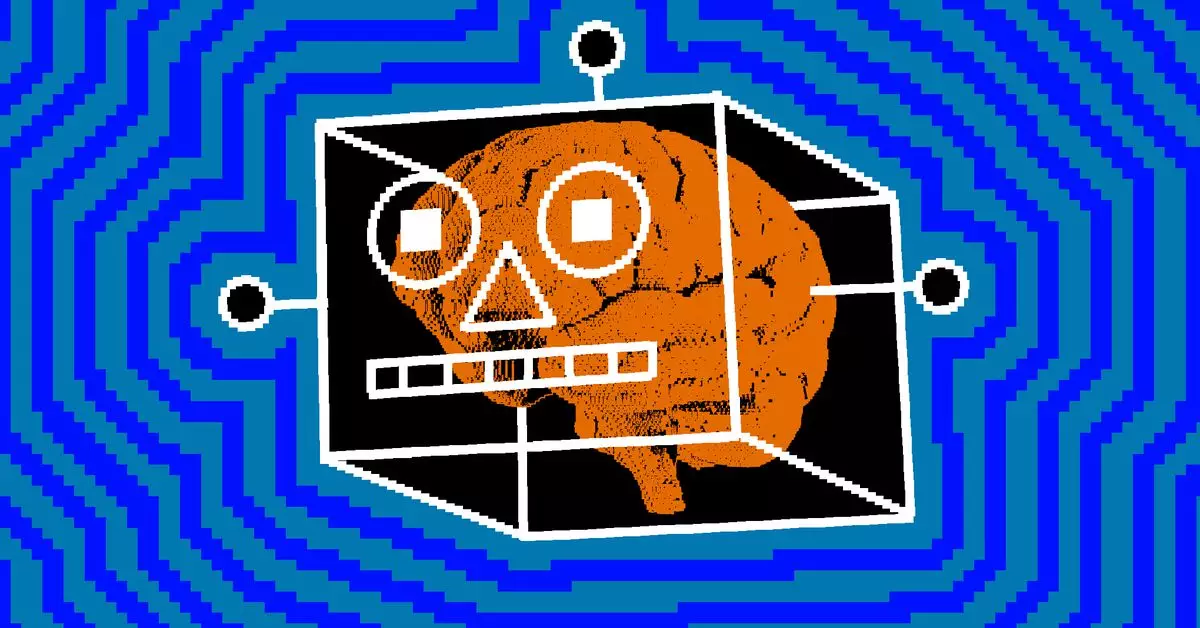Google is preparing to unveil an innovative project that could transform how users interact with digital tasks. Codenamed “Project Jarvis,” this ambitious endeavor represents the tech giant’s foray into the realm of large action models, similar to those seen from competitors. Expected to be previewed as early as December, Jarvis aims to redefine the scope of productivity by automating essential online activities, thereby allowing users to focus on more strategic endeavors.
At its core, Project Jarvis leverages an advanced iteration of Google’s Gemini technology, designed specifically to function within a web browser, most notably Chrome. Unlike traditional digital assistants, Jarvis aims not just to respond to queries but to actively carry out tasks on behalf of the user. According to reports, it can handle a variety of functions, from gathering research to booking flights, all while interpreting data directly from the user’s screen. This capability positions Jarvis not merely as a tool but as a digital companion capable of easing the mundane aspects of online navigation.
The development of Jarvis aligns with a broader trend in artificial intelligence aimed at simplifying human-computer interaction. Major players in the tech industry, including Microsoft and Apple, are ramping up efforts to create solutions that can proactively assist users. Microsoft’s Copilot Vision is expected to facilitate real-time conversations about web content, while Apple’s Intelligence seeks to navigate multiple applications seamlessly. Furthermore, competitors like Anthropic and OpenAI are also experimenting with models that could fulfill similar functions, spotlighting a competitive race to lead in automated task management.
Cautious but Ambitious Launch Plans
Despite the excitement surrounding Project Jarvis, sources indicate that Google is proceeding with caution. While a public reveal is anticipated in December, there are indications that the company might limit initial access to a small number of testers. This strategic decision underscores Google’s intention to address potential bugs and improve user experience prior to a wider rollout. This iterative approach might ultimately enhance the product’s reliability and efficacy before more users start to rely on Jarvis for their online tasks.
The Future of Automated Web Interaction
The possible arrival of Project Jarvis heralds a significant shift in how we interact with technology in our daily lives. As AI continues to advance, the line between user and machine becomes increasingly blurred, with digital tools capable of understanding context and performing complex tasks autonomously. This wave of innovation could empower users, offering unprecedented levels of efficiency and personalization in their online experiences. Ultimately, as these capabilities come to fruition, we may find ourselves on the brink of a new era where digital assistants are more than just voice-activated tools—they become integral partners in managing our increasingly complex digital worlds.

